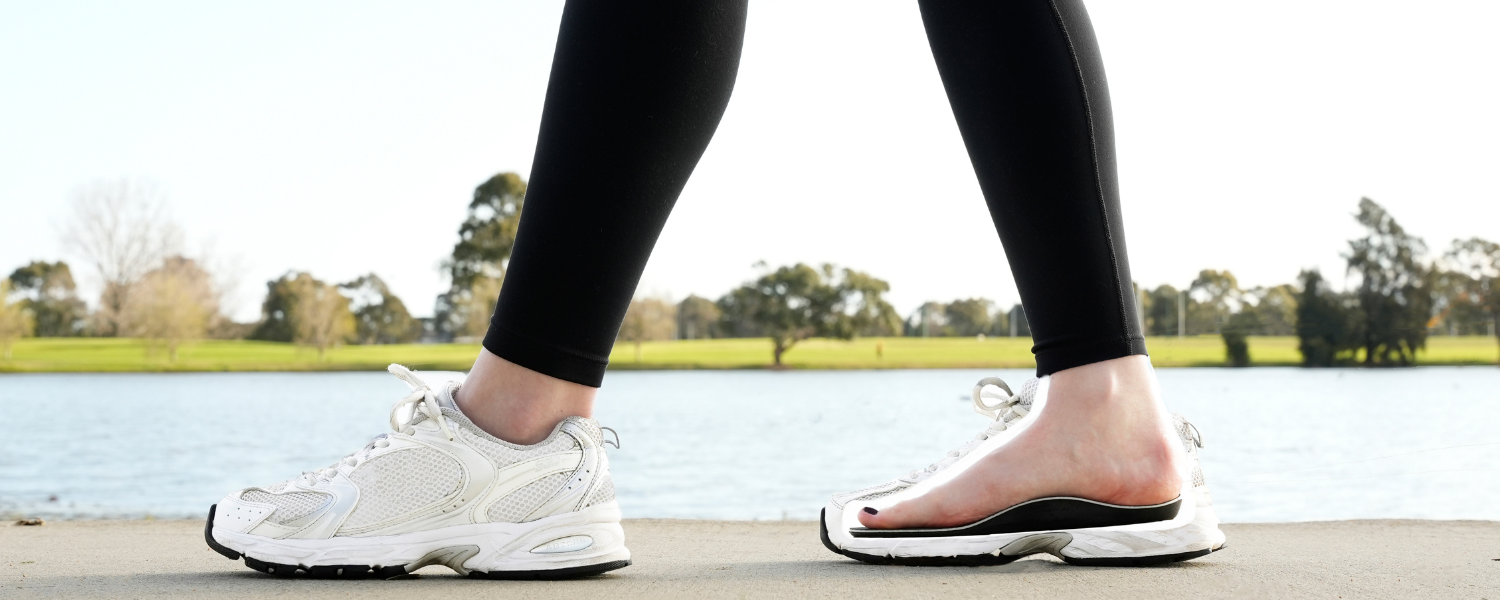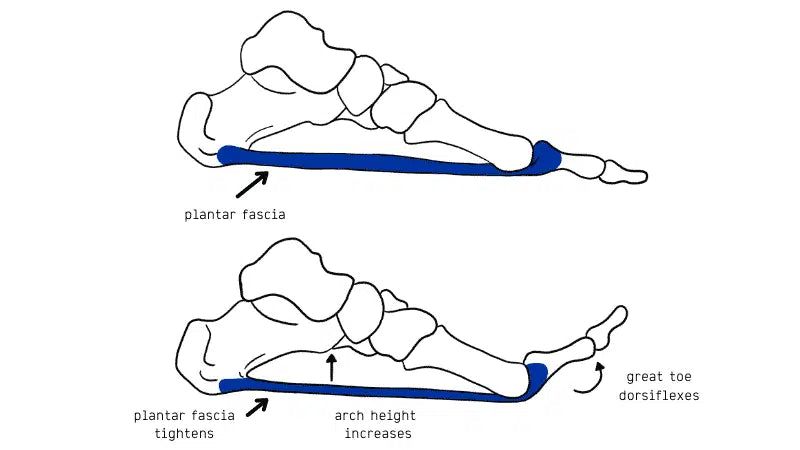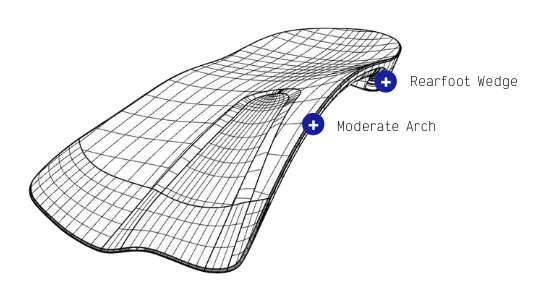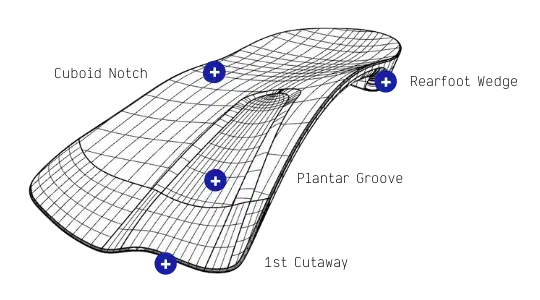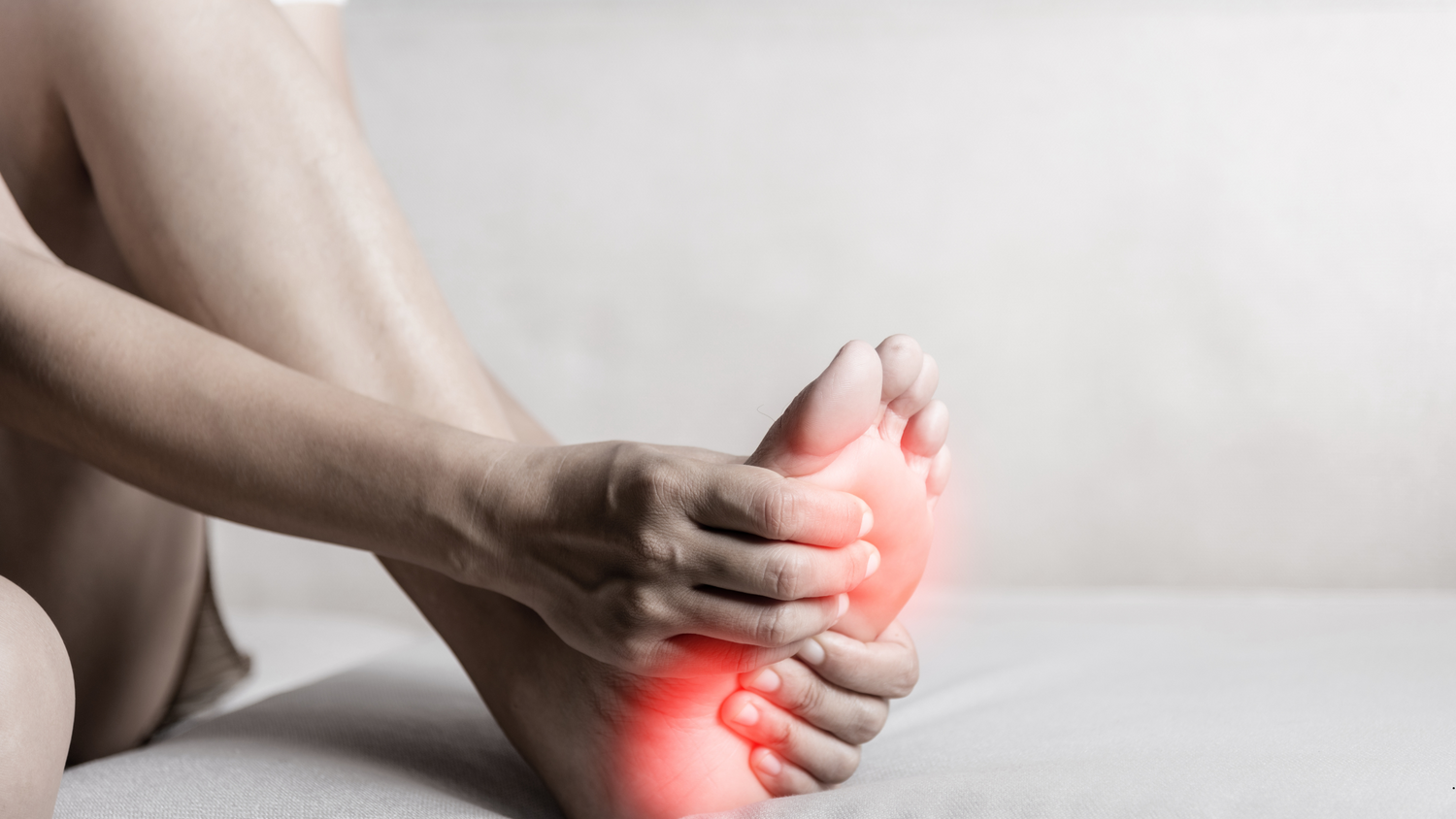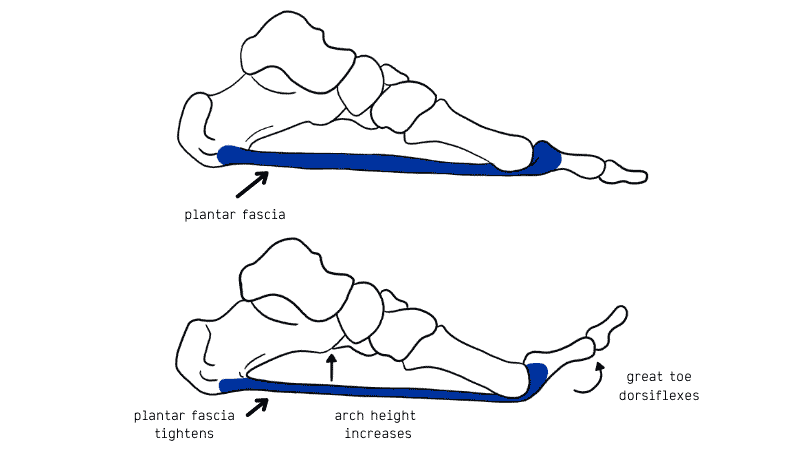
Relief at Every Step: Discover Interpod’s Model P Orthotic Insole
Discover how Interpod’s Model P orthotic insole provides superior arch support and relief for many complex foot or posture conditions including common issues such as plantar fasciitis. Learn why it’s...


